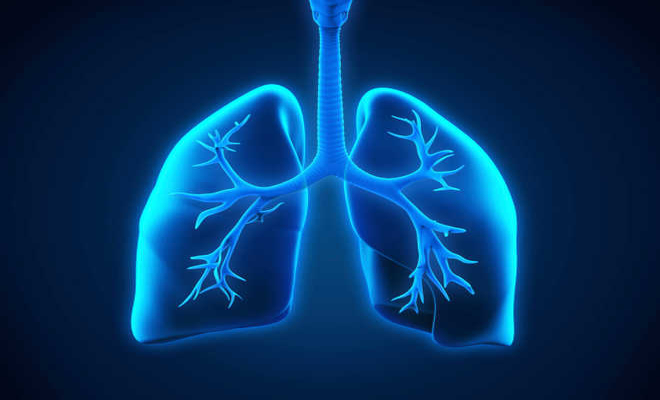The EXPLAIN study, Sheffield, Oxford, Cardiff, and Manchester teams is using hyperpolarized xenon MRI scans to check for probable damage of lungs in patients with Long COVID not requiring hospitalization but still having wheezing symptoms.

Researchers have discovered anomalies in Long COVID patients’ lungs suffering from wheezing not detectable with regular diagnostics.
The EXPLAIN study, which includes teams from Sheffield, Oxford, Manchester and Cardiff is using hyperpolarized xenon MRI scans to look for probable damage of lungs in patients with Long COVID not requiring hospitalization but still having wheezing symptoms.
The NIHR Oxford Biomedical Research Centre is supporting the project, which will begin in 2021. (BRC). The findings were published on the preprint server med aRxiv. A previous study used the same cutting-edge imaging technology to show that individuals who had been hospitalized with COVID-19 had persisting lung abnormalities months after they were discharged.
The patient lies in the MRI scanner and breathes in a liter of hyperpolarized xenon gas to observe using MRI. Because xenon acts similarly to oxygen, radiologists can watch the gas flow from the lungs into the circulation.
The scan takes only a few minutes and, because there is no radiation exposure, it can be repeated over time to see changes in the lungs.
While the complete EXPLAIN study will enroll roughly 400 people, this initial pilot included 36 persons divided into three groups:
- Patients seen in Long COVID clinics and have normal CT (computed tomography) scan.
- Hospitalized patients who were discharged ninety days ago, with normal or relatively normal CT scan, and not having Long COVID.
- A control group of people of the same age and gender who do not exhibit Long Covid symptoms and have not been hospitalized with COVID-19.
When other tests are normal, these preliminary findings show that there is “substantially impaired gas transport” from the lungs to the circulation in these Long COVID individuals.